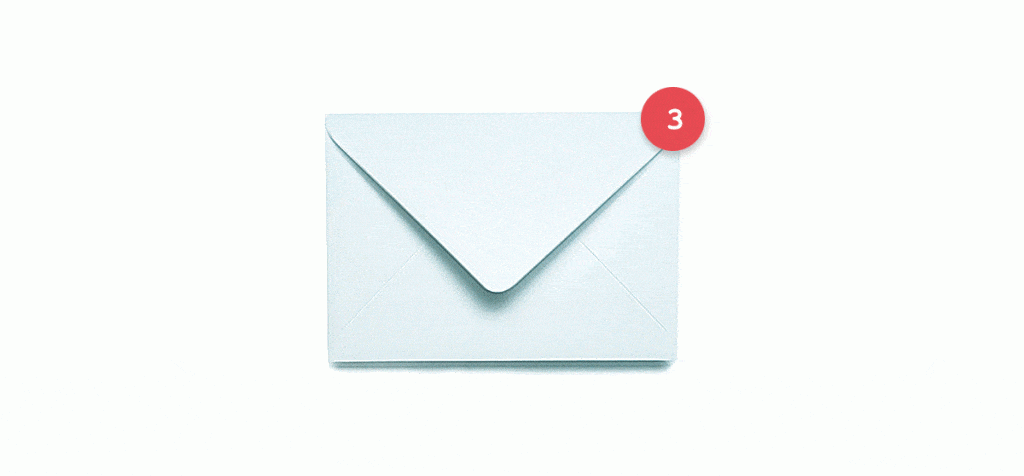Drowning in Your Inbox? Let's Talk About Email Sanity.

Honestly, who hasn't felt the dread of opening their inbox to a tidal wave of unread messages? Email, once a revolutionary tool, has morphed into a monster for so many of us. Think about it: started at MIT in the 60s, now billions of people worldwide are plugged in. But is it actually helping us, or just adding to the chaos?
We're all familiar with the numbers: countless emails sent daily, the average worker drowning in messages. But behind the statistics lies a real problem: email overwhelm, and its insidious impact on our lives and work.
The Fatigue is Real
It's not just about the sheer volume of emails. It's the constant context-switching, the feeling that you're always "on," the way it bleeds into our personal time. As Russell Johnson put it, "Like most tools, email is useful but it can become disruptive and even damaging if used excessively or inappropriately.”
We're talking about real fatigue here, both mental and physical. The constant bombardment of notifications, the blue light from our screens, the pressure to respond immediately – it all takes a toll. Studies show it leads to stress, health problems, decreased productivity, and even leadership issues.
Stress and Lost Productivity: The Hidden Costs
Let's break it down:
- Stress:
- People report feeling genuinely stressed by inbox overload.
- The fear of missing important messages adds to the anxiety.
- Productivity:
- We spend a shocking amount of time just dealing with emails, not actually doing our jobs.
- Constant interruptions make it hard to focus.
- Most emails aren't even essential!
And then there's the blurring of boundaries. We're checking work emails at dinner, in bed, even before we've fully woken up. It's a recipe for burnout.
The Leadership Trap
Leaders aren't immune. In fact, they might be even more susceptible. When managers are constantly reacting to emails, they lose focus on strategic goals and neglect their teams.
So, What's the Solution?
There's no magic bullet, but there are definitely strategies we can try. "Inbox Zero," time-boxing, filters, folders – they can all help. But ultimately, it's about finding what works for you.
Here's what I've found helpful:
- Be intentional:
- Set specific times for checking emails.
- Don't feel pressured to respond immediately to everything.
- Prioritize:
- Learn to distinguish between urgent and non-urgent messages.
- Don't be afraid to delete or archive non-essential emails.
- Communicate effectively:
- Consider if email is truly the best tool for the job.
- Explore other communication channels for different types of messages.
Beyond the Inbox: Context is King
Email is a universal tool, but it lacks context. It blurs the lines between task-oriented and people-oriented communication. That's where things get messy.
We need to be smarter about how we communicate. Task-oriented communication, for example, is far more efficient when it is done within the context of the task. Meaning, that all communication relating to a specific task is stored in one place.
People-oriented communication, on the other hand, is often better suited for face-to-face conversations, video calls, or even messaging apps.
The bottom line? Email isn't going away, but we can definitely use it more mindfully. It's about taking back control of our inboxes and our time.


